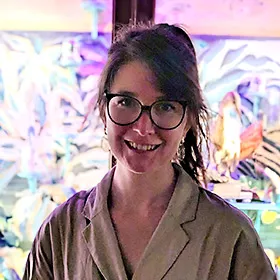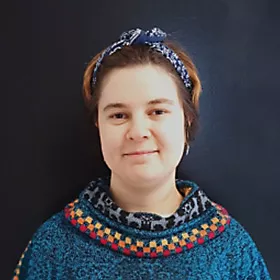Microscopie à modulation du front d'ondes
L’équipe se concentre sur un objectif technologique et neuroscientifique double. Tout d'abord, on s’intéresse au développement des méthodologies tout-optiques en intégrant l'excitation mono et multi-photonique avec le façonnage de fronts d'onde spatiotemporels, l'illumination holographique, la détection comprimée et l'ingénierie des sondes. Deuxièmement, en utilisant cette combinaison unique d’approche, on s’intéresse à d'explorer, avec une précision sans précédent, les circuits neuronaux cruciaux pour la perception visuelle.
Présentation
Le groupe de Microscopie à Ingénierie de Front d'Onde est une équipe interdisciplinaire composée de physiciens, ingénieurs, biophysiciens et neurophysiologistes. Le groupe a été précurseur dans l'utilisation du façonnage des fronts d'onde pour la manipulation cérébrale tout optique, à travers quelques articles pionniers, démontrant des approches de façonnage spatiotemporel telles que l'holographie générée par ordinateur, le contraste de phase généralisé et la focalisation temporelle, et montrant que de telles méthodes peuvent être utilisées pour sculpter le volume d'excitation avec une forme parfaitement adaptée à la cible sélectionnée.
La combinaison de ces approches avec les nouveaux actionneurs optogénétiques développés et les lasers amplifiés à haute puissance permet le contrôle de neuone uniques ou multiples de manière indépendante dans l'espace et le temps, dans un volume de mm3 à une résolution cellulaire et une précision temporelle de l'ordre de la milliseconde. Nous avons nommé cette combinaison d'approches la "circuit optogenetics". La précision spatiotemporelle sans précédent de la "circuit optogenetics" est actuellement utilisée par mon équipe et d'autres laboratoires dans le monde entier dans une large gamme de paradigmes expérimentaux. Parmi les projets de collaboration de mon groupe avec d'autres laboratoires de neurosciences, nous pouvons mentionner l'utilisation de l'optogénétique des circuits pour la cartographie de la connectivité à haut débit des circuits neuronaux chez le poisson-zèbre ou le cortex visuel, pour la manipulation optique des circuits rétiniens, et pour la démonstration in vivo des cellules hub dans les circuits neuronaux au cours du développement.
En combinant l'holographie à photon unique et l'endoscopie, nous avons également pu démontrer une photostimulation simultanée et une imagerie fonctionnelle avec une résolution quasi cellulaire chez des souris se déplaçant librement et plus récemment, nous avons pu rendre cette approche également compatible avec l'excitation biphotonique.
Nous avons récemment démontré que la microscopie biphotonique sans balayage offre également des avantages importants pour l'imagerie de voltage biphotonique. Plus précisément, nous avons montré que, en combinaison avec la focalisation temporelle, l'éclairage parallèle permet une imagerie de voltage in vitro et in vivo à contraste élevé et haute résolution dans des préparations densément marquées (cortex de souris et larves de poisson-zèbre) exprimant un indicateur de voltage génétiquement encodé basé sur la GFP et la rhodopsine.
Notre activité de recherche actuelle se concentre sur l'avancement encore plus poussé du développement de ces technologies et sur l'utilisation des technologies développées pour l'étude des mécanismes régulant la connectivité fonctionnelle et le traitement des signaux à travers les principales voies visuelles chez les souris, les primates non humains et les larves de poisson-zèbre.






Domaines de recherche
- Optogénétique sans balayage à multiphoton
- Endoscopie holographique à deux photons
- Imagerie de voltage sans balayage à deux photons
- Manipulation de circuits tout optique : circuits optogenetics
- Restauration de la vision holographique
- Dissémination
Les membres de l'équipe
Publications scientifiques
Vous trouverez ci-dessous les dernières publications scientifiques dans le domaine : Microscopie à modulation du front d'ondes.





















